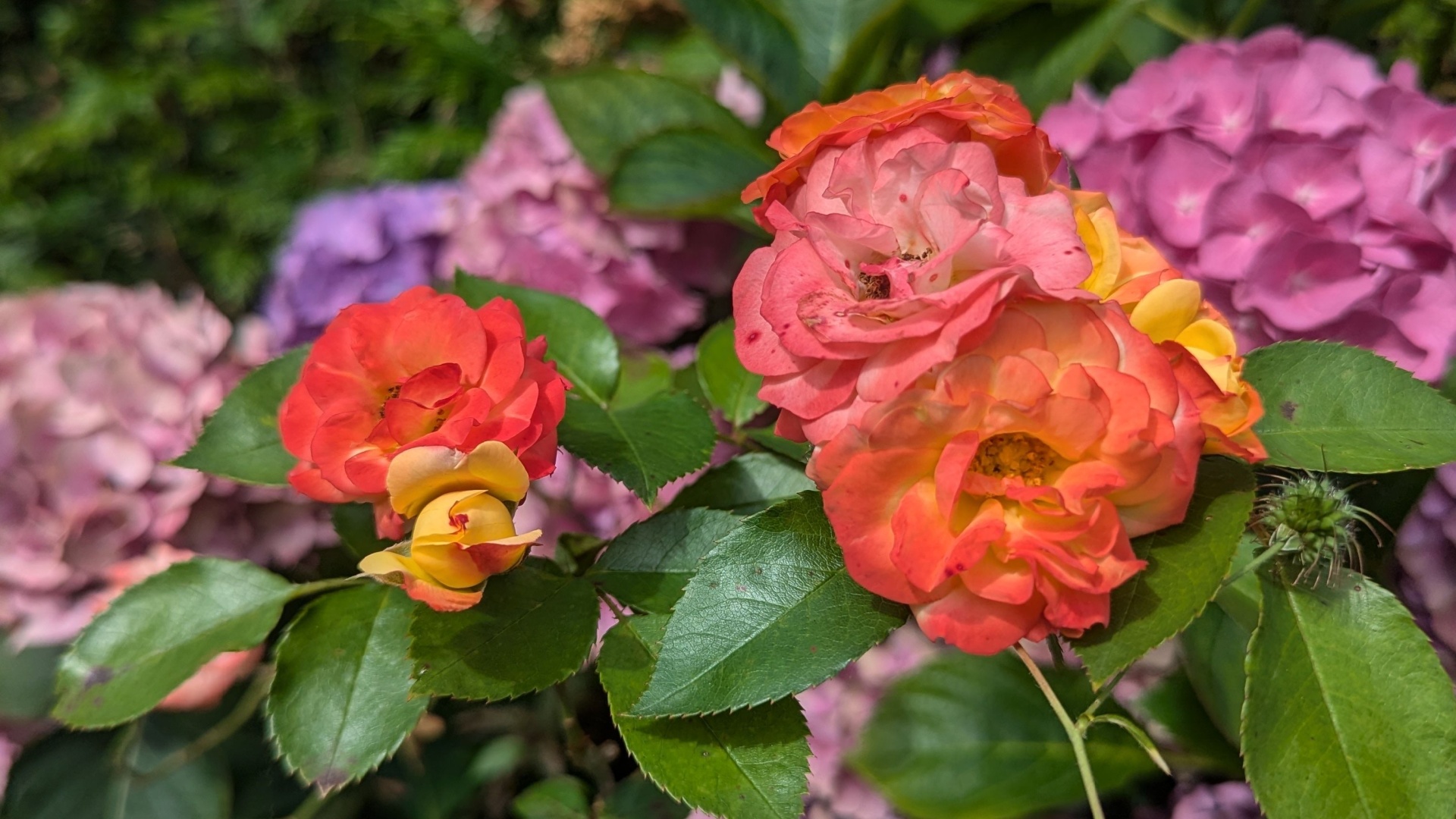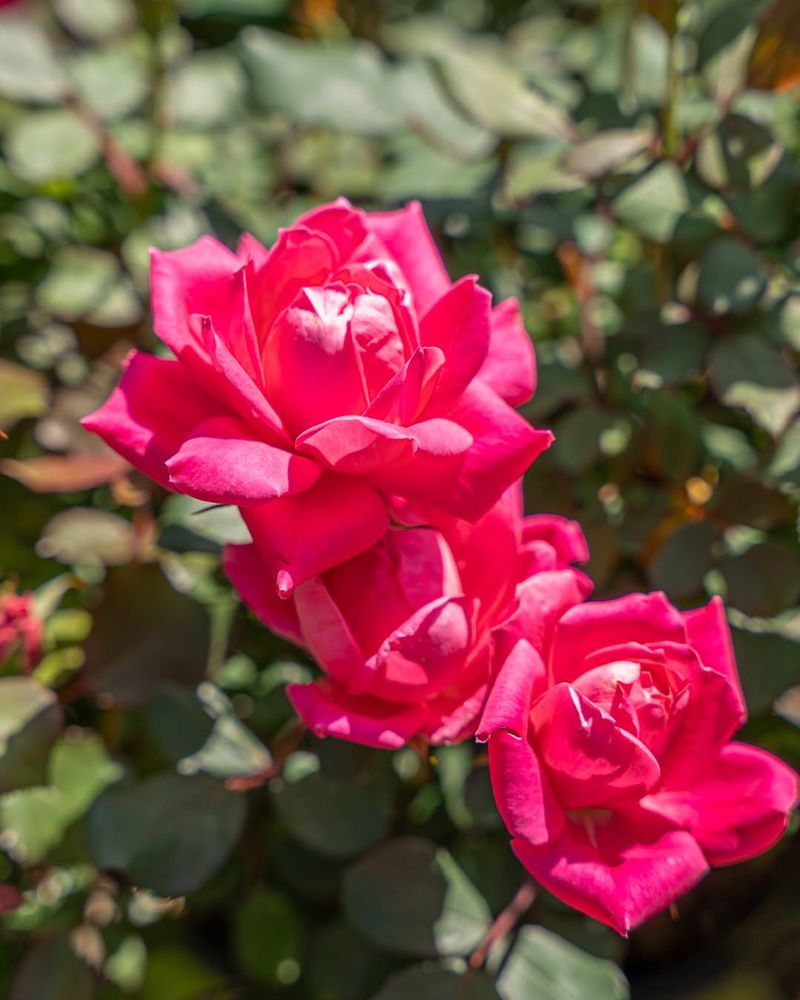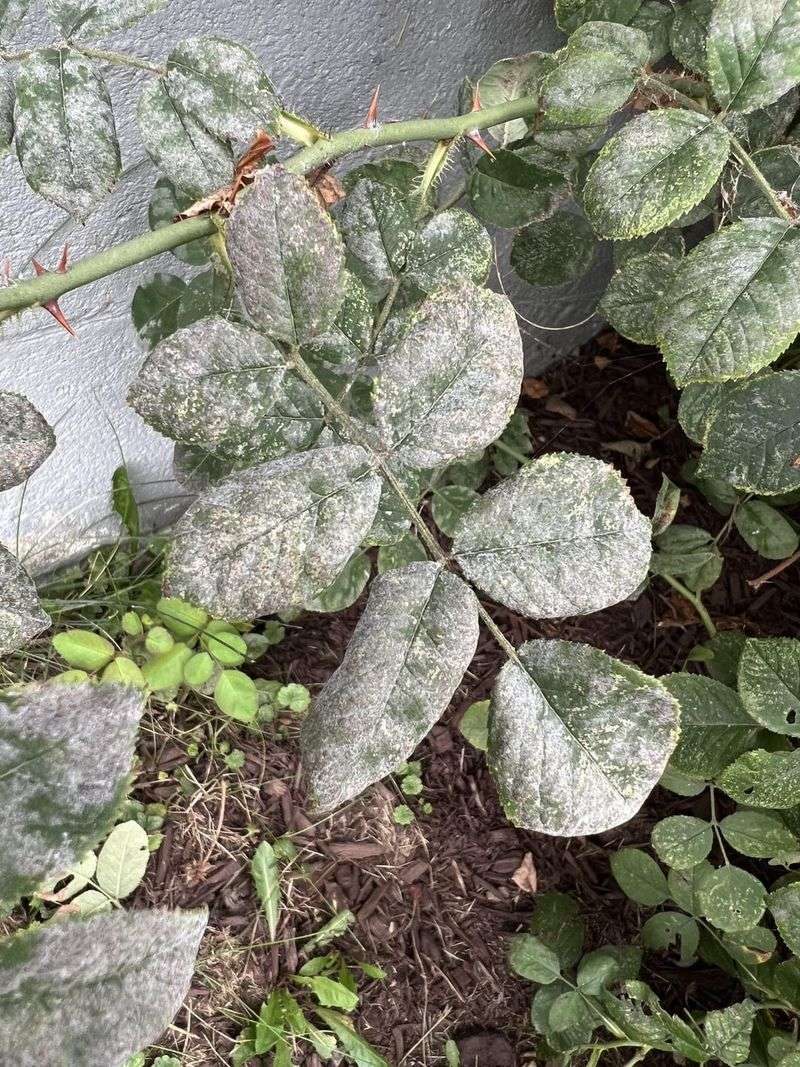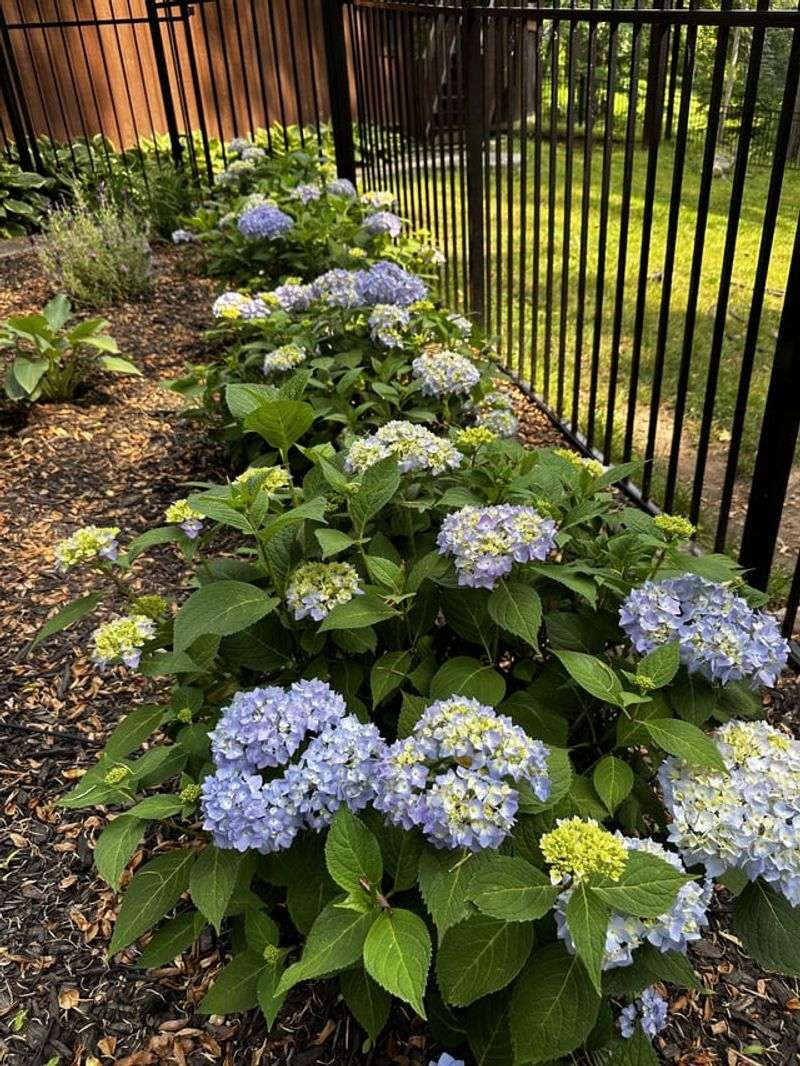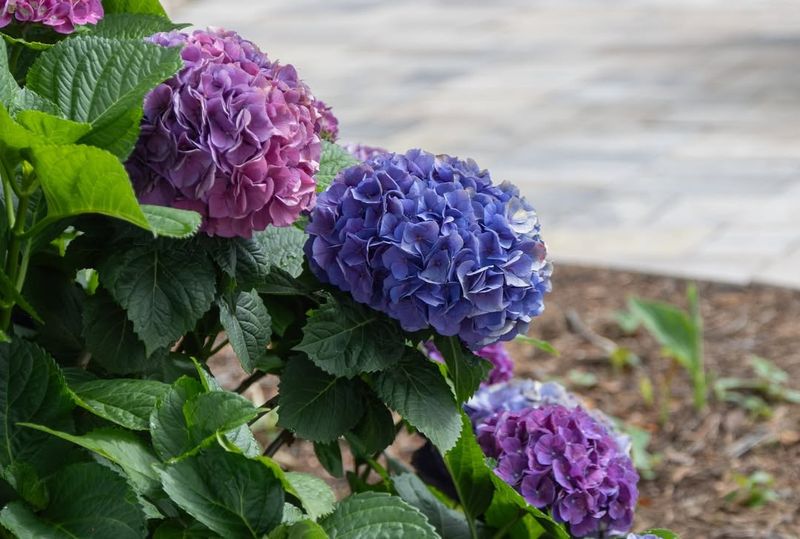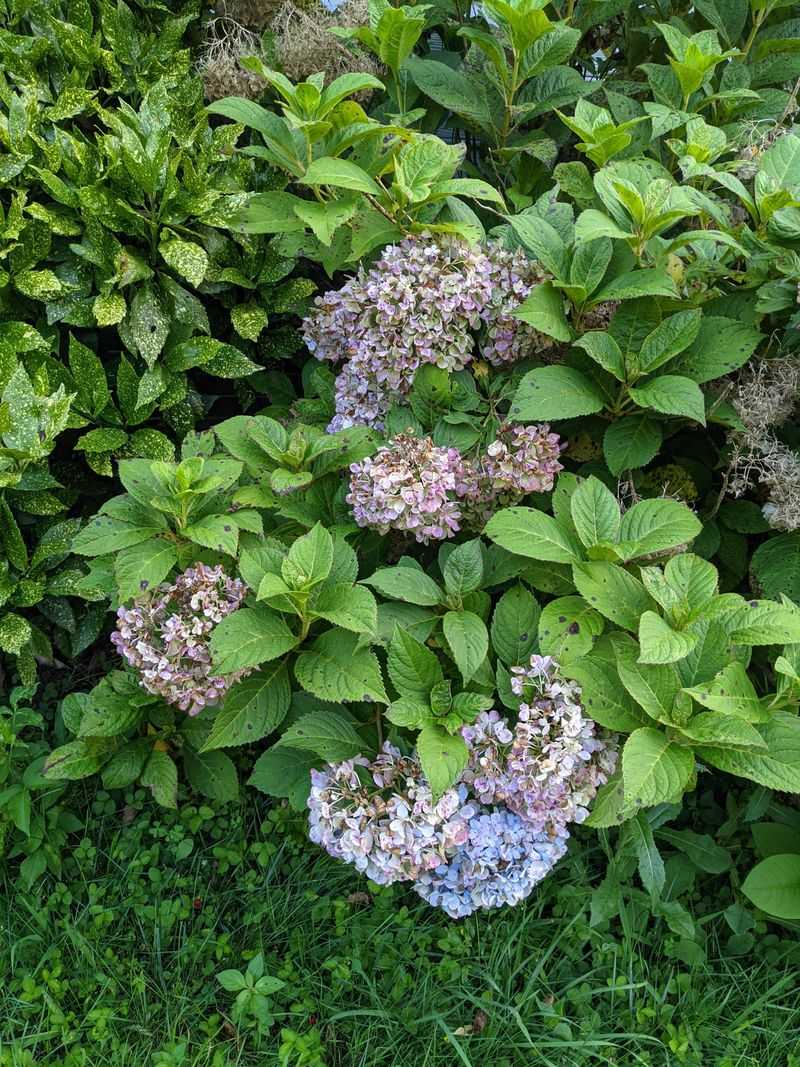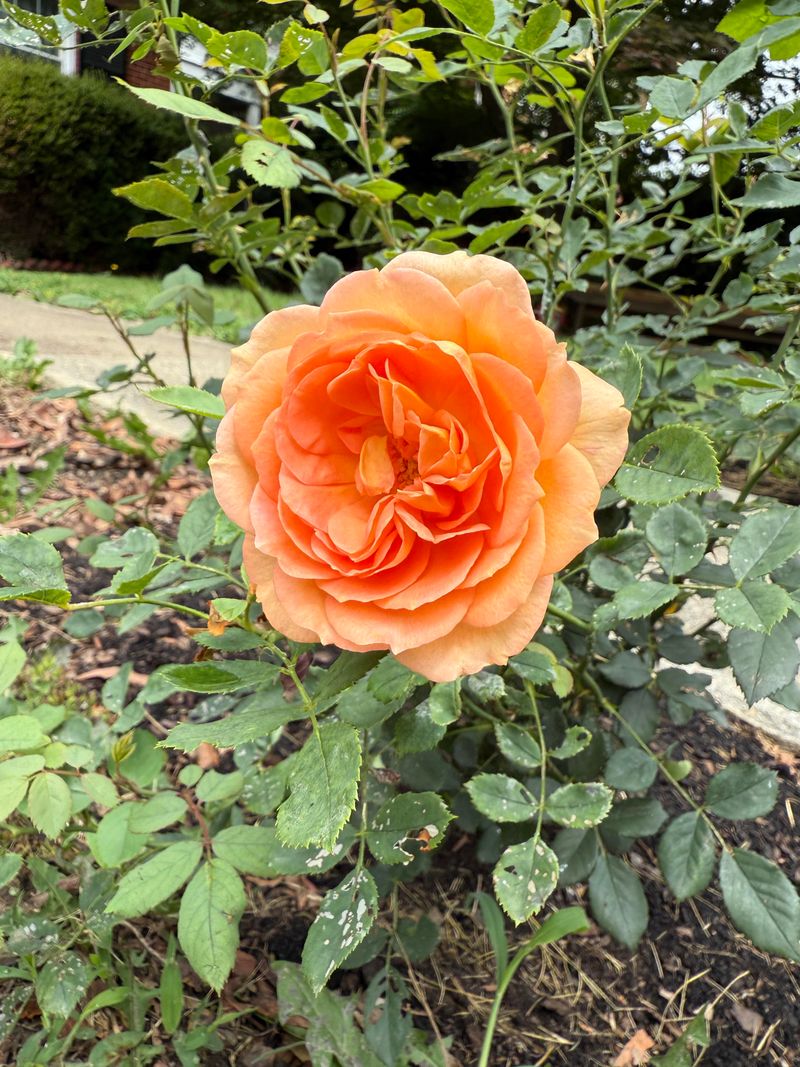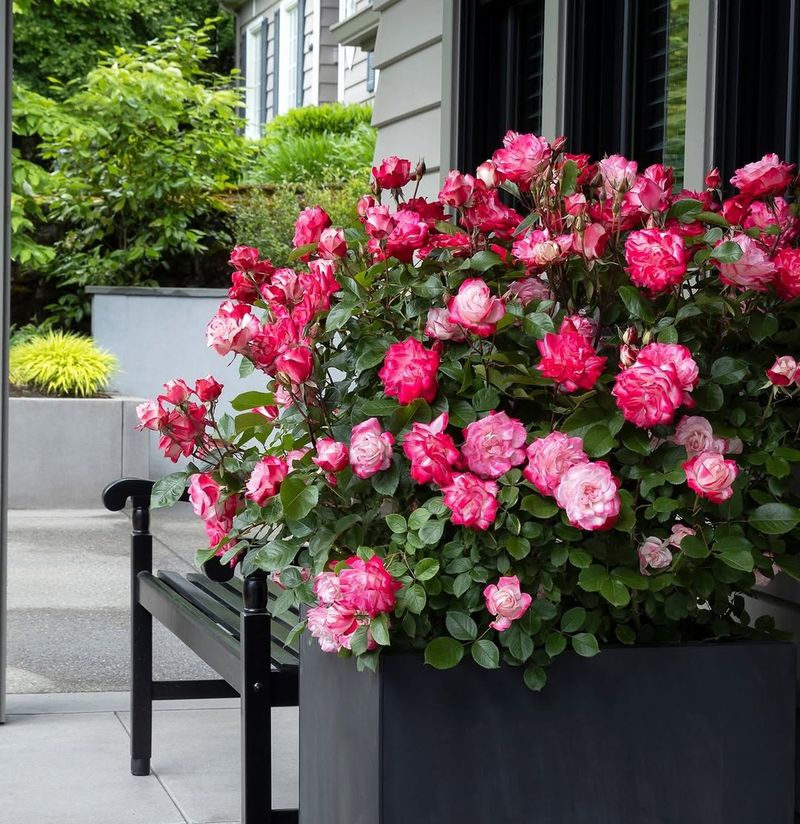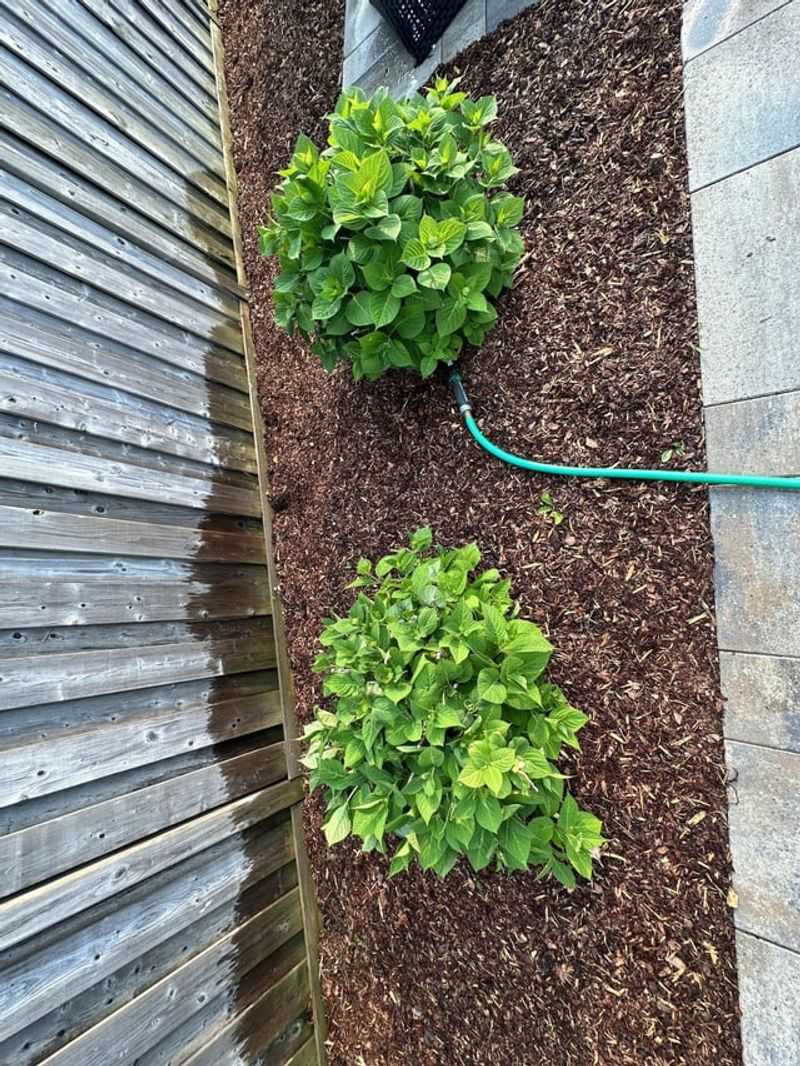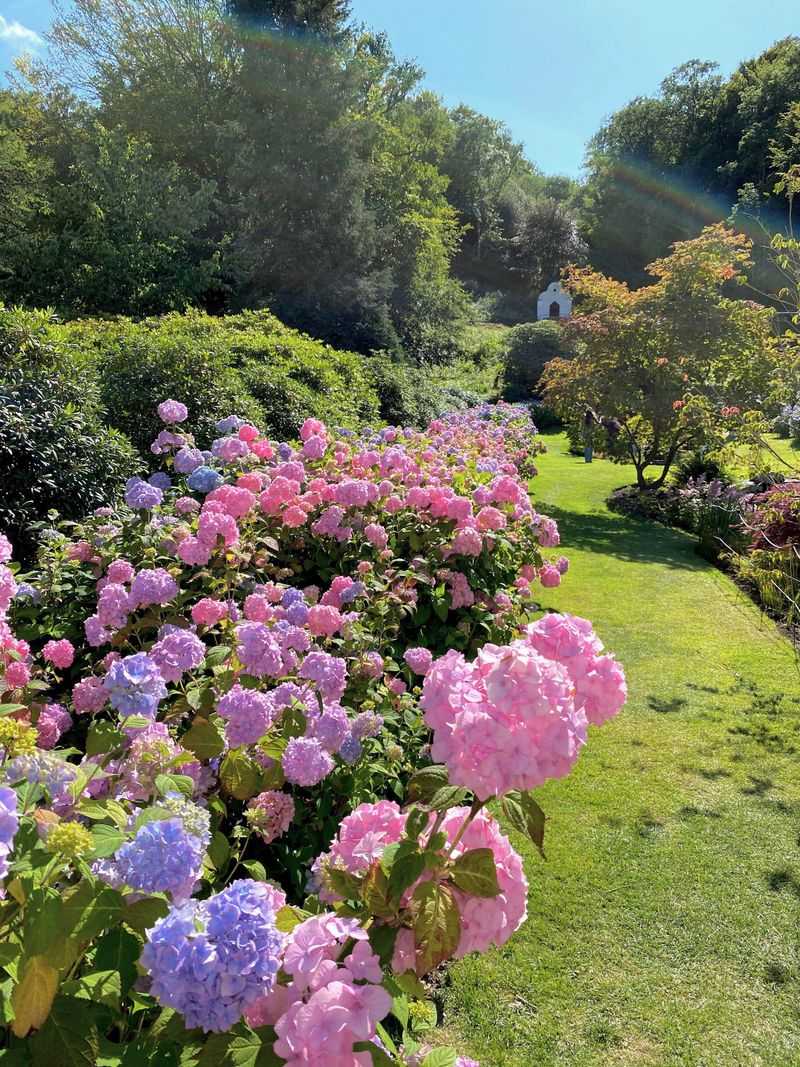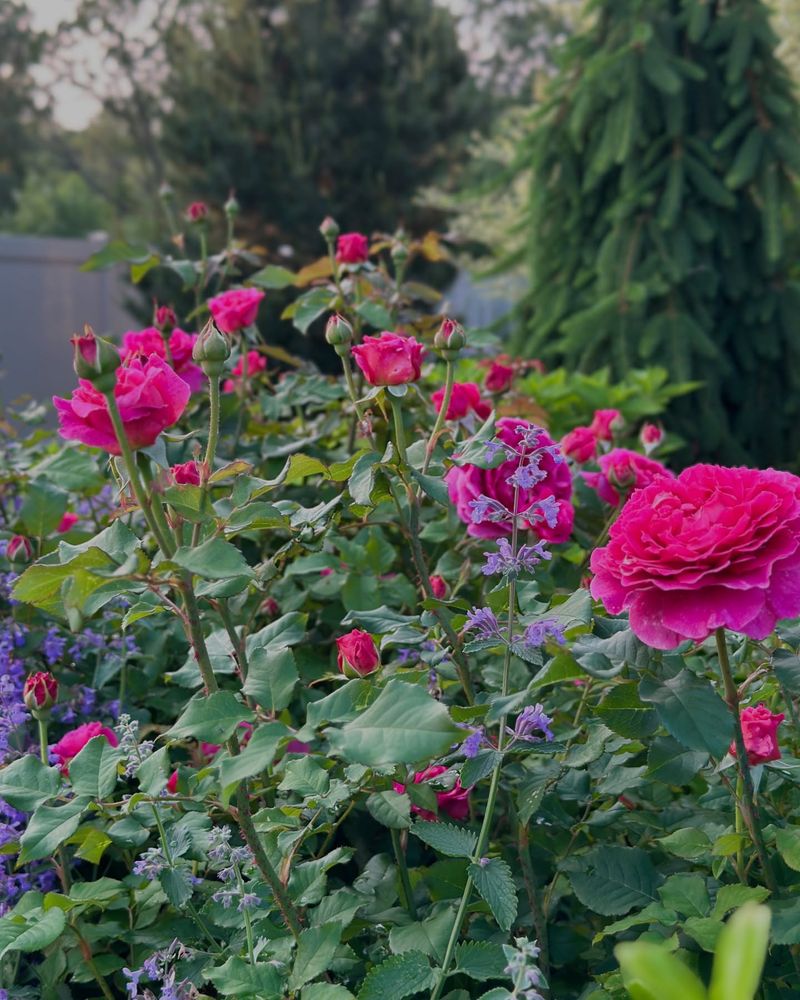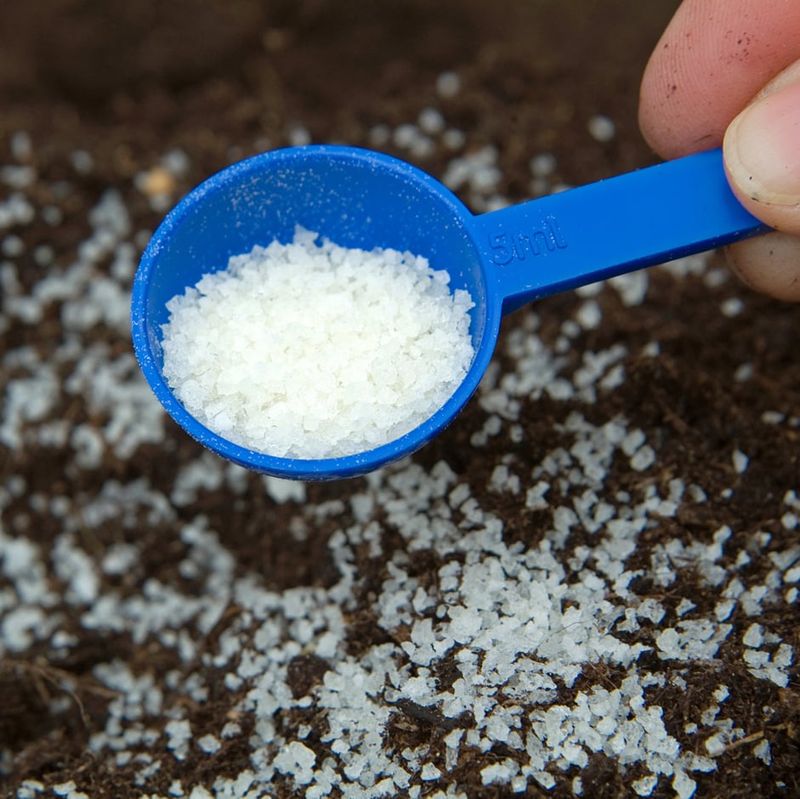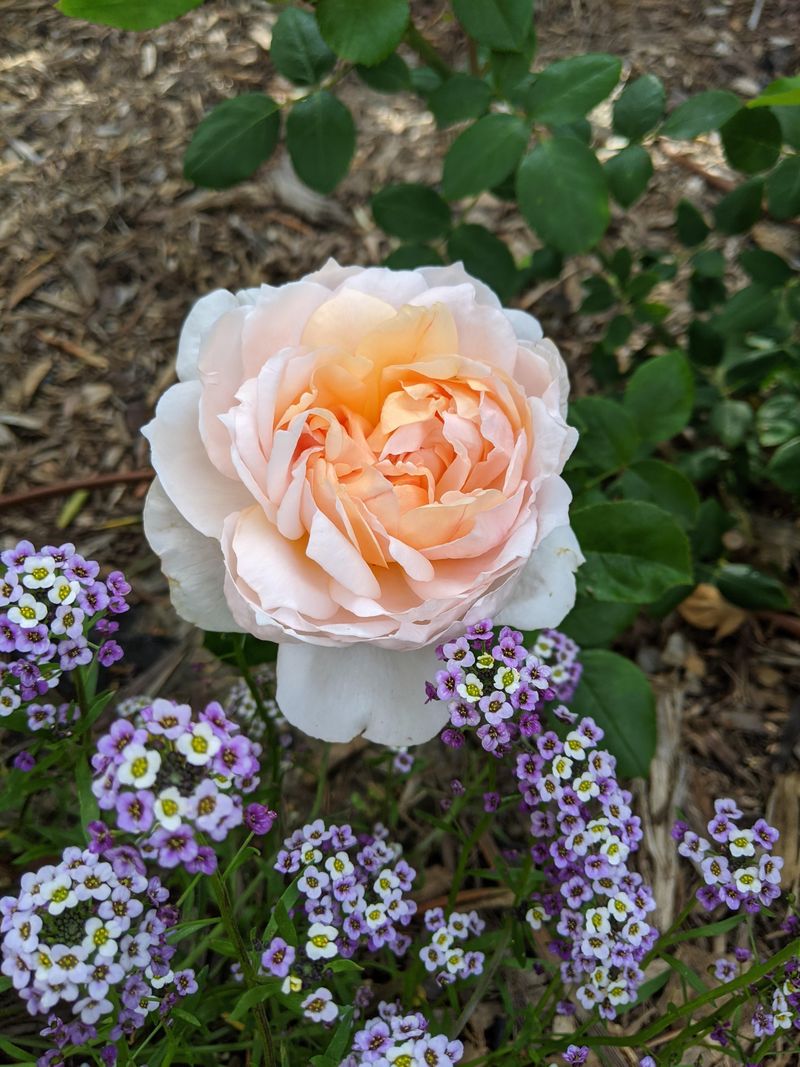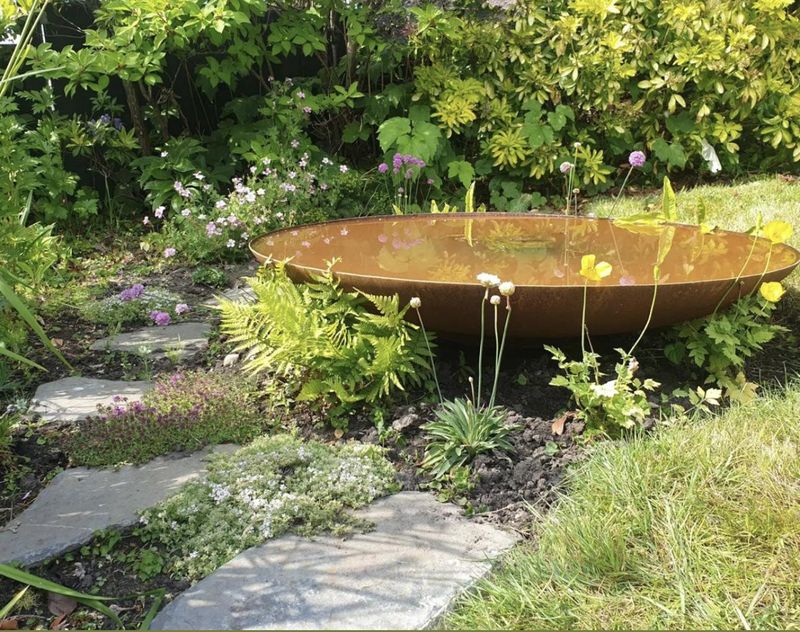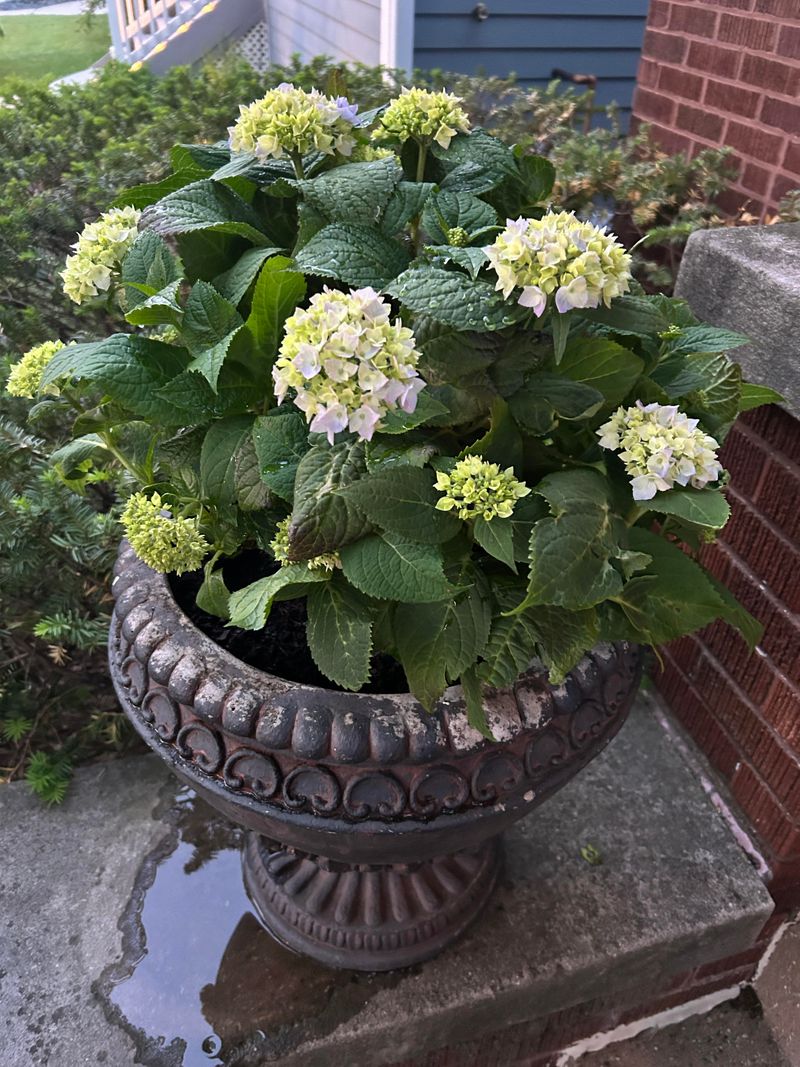If your hydrangeas are drooping and your roses are wilting, the problem might not be the heat—it might be how you’re watering them. Gardeners everywhere are raving about a new method that keeps these thirsty beauties thriving, even in scorching temps. I tried it myself, and let’s just say: game. officially. changed.
Here are 16 reasons why this watering shift is a must for anyone who wants lush, healthy blooms all summer long.
1. Root-Zone Targeting Maximizes Water Absorption
The new watering technique focuses directly on the root zone rather than surface watering. By delivering moisture exactly where plants need it most, hydrangeas and roses can absorb nearly all the water you provide.
This targeted approach prevents wasteful runoff and evaporation that happens with traditional sprinkler methods. Your prized plants receive proper hydration while using up to 60% less water during heat waves.
2. Morning Watering Schedule Reduces Fungal Risks
Timing matters tremendously when caring for hydrangeas and roses during heat waves. The new method emphasizes early morning watering, typically between 5-7am, when temperatures are coolest. Morning application allows foliage to dry completely before evening, dramatically reducing fungal disease risks.
Unlike afternoon watering that evaporates quickly or evening watering that promotes mildew, this schedule ensures your plants receive maximum benefit from every drop.
3. Slow-Release Watering Prevents Shock
Quick drenching can actually harm hydrangeas and roses during intense heat. The innovative approach uses slow-release methods that allow water to penetrate deeply without overwhelming the soil. Garden experts recommend using ollas (buried clay pots) or soaker hoses that release water gradually over hours.
This gentle hydration prevents the thermal shock that occurs when cold water hits hot root systems, a common cause of summer plant stress.
4. Mulch Integration Extends Moisture Retention
Smart gardeners are pairing the new watering method with strategic mulching. A 3-inch layer of organic mulch creates a protective barrier that dramatically extends moisture retention around hydrangeas and roses.
Pine straw, shredded bark, or compost placed in a donut shape (not touching stems) can reduce watering frequency by half during heat waves. The mulch also moderates soil temperature fluctuations that stress root systems when temperatures climb above 90°F.
5. Water Quality Adjustments Boost Plant Health
Tap water often contains chlorine and minerals that accumulate in soil over time. The revolutionary approach includes collecting rainwater or letting tap water sit for 24 hours before application to hydrangeas and roses.
This simple step allows chlorine to dissipate and brings water to ambient temperature. Many gardeners report stronger blooms and healthier foliage when using this prepared water, especially in regions with hard water that affects hydrangea coloration.
6. Deep Watering Encourages Drought Resistance
Surface watering creates shallow roots that quickly dry out in heat. The innovative technique emphasizes deep, thorough watering sessions 2-3 times weekly rather than daily light sprinklings. This approach encourages hydrangeas and roses to develop extensive root systems that reach deeper into cooler soil layers.
Plants watered deeply become naturally more drought-resistant over time, developing self-sufficiency that helps them survive heat waves with minimal intervention.
7. Self-Watering Containers Provide Consistent Moisture
Container-grown hydrangeas and roses face extra challenges during heat waves. The new method incorporates self-watering pots with water reservoirs that maintain consistent moisture levels. These specialized containers allow plants to draw water as needed through capillary action.
Garden centers report selling out of these systems during summer months as more gardeners discover how effectively they maintain hydration for sensitive flowering plants without daily monitoring.
8. Water Temperature Control Prevents Root Damage
Cold water from hoses can shock plant roots when soil temperatures are high. Forward-thinking gardeners now use rain barrels or storage containers to allow water to reach ambient temperature before application. Research shows that hydrangeas and roses absorb lukewarm water more efficiently than cold water.
This temperature-controlled approach prevents the root contraction that occurs with cold water shock, keeping delicate feeder roots functioning optimally even during extended heat periods.
9. Humidity Zones Create Microclimate Benefits
The innovative watering method creates beneficial humidity zones around hydrangeas and roses. By watering the ground thoroughly rather than overhead, moisture evaporates slowly throughout the day. This creates a cooler microclimate around your plants that can be 5-10 degrees lower than surrounding areas.
Grouping moisture-loving plants together enhances this effect, allowing them to share the humidity bubble that protects against heat stress and sunburn.
10. Evening Soil Cooling Technique
While morning is best for main watering, a light evening soil cooling has proven beneficial during extreme heat. The technique involves a gentle ground-level sprinkle just to cool the soil surface without wetting foliage.
This evening cool-down helps hydrangeas and roses recover from daytime heat stress. Gardeners report that plants treated this way show visibly less wilting the following day and maintain bloom quality longer during heat waves.
11. Water-Retention Crystals Extend Hydration
Modern gardeners are incorporating water-retention polymers into soil around hydrangeas and roses. These crystals absorb hundreds of times their weight in water, releasing it slowly as plants need it. Adding these polymers when planting or top-dressing existing plants creates a moisture reserve that helps plants survive between waterings.
Many gardeners report their hydrangeas remain plump and vibrant even after three days without water during summer heat.
12. Companion Planting Reduces Water Competition
Strategic companion planting forms a crucial part of the new watering approach. Pairing hydrangeas and roses with shallow-rooted ground covers prevents water competition while shading soil from direct sun. Plants like ajuga, sweet alyssum, or creeping thyme create living mulch that reduces evaporation.
These companions also discourage weeds that would otherwise steal precious moisture from your prized flowering shrubs during water-stressed periods.
13. Foliage Misting Creates Temporary Cooling
While root watering remains primary, brief morning foliage misting offers emergency heat relief. A fine spray applied before 9am allows water to evaporate before sun intensity peaks, cooling leaf surfaces without promoting disease.
This technique is especially valuable for hydrangeas showing heat stress symptoms. The temporary cooling effect can prevent leaf scorch during extreme temperature spikes, though gardeners should avoid this practice in humid climates where fungal issues are prevalent.
14. Watering Basin Construction Maximizes Absorption
Creating soil basins around hydrangeas and roses directs water exactly where needed. The new method recommends building 3-4 inch high soil rings extending to the drip line of each plant. These basins prevent runoff on sloped gardens and ensure deep water penetration.
For established plants, gardeners find that filling these basins twice during each watering session encourages roots to grow downward rather than spreading horizontally near the surface.
15. Organic Soil Amendments Boost Water Retention
The revolutionary watering approach includes regular addition of organic matter to improve soil structure. Compost, worm castings, and aged manure significantly increase the soil’s water-holding capacity around hydrangeas and roses.
Gardens enriched with these amendments can retain up to 30% more moisture between waterings. This enhanced soil structure allows water to penetrate deeply while maintaining air pockets essential for healthy root function during heat stress periods.
16. Nighttime Water Absorption Monitoring
Attentive gardeners are learning to gauge water needs by checking morning plant condition. Hydrangeas and roses should recover fully overnight from daytime wilting if properly hydrated. Plants still showing signs of stress in early morning need immediate attention.
This observation-based approach prevents both under and overwatering, as excess moisture can be as harmful as drought during heat waves, leading to root rot and fungal problems that compound heat stress.

